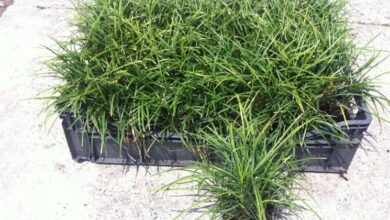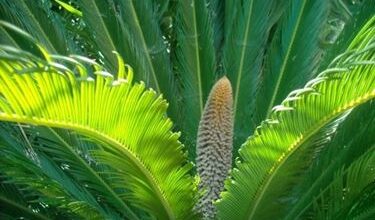Azalea plant
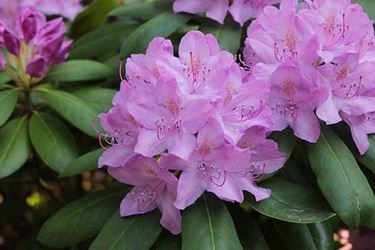
His own story

Characteristics of the species
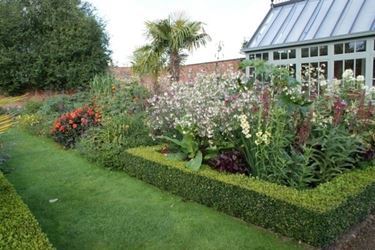
When we talk about the azalea plant we usually refer to the so-called: «florists’ azaleas». That is to say of those azalea plants that belong to the genus of rhododendrons. All azalea plants, both evergreen and stripping, can be recognized because the leaves are smaller than those of rhododendrons and the smaller flowers are isolated or gathered in bunches of two or three. The azalea plants are divided into three large groups: «the florists’ azaleas» which are those derived from multiple crossings and grafts; «the garden or Japanese azaleas» which are of horticultural variety and with compact vegetation; «the rustic azaleas» found in nature and which botanists often call with the name of «stripping azaleas».
Soil and watering
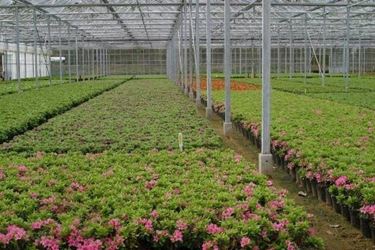
The azalea plant prefers cool, permeable soil. Therefore it is essential to provide the plants with a soil rich in peat, decomposed organic matter, and also rather coarse river silica sand to make the soil permeable, loose and well drained. The fertilizations of the azalea plants are carried out during the vegetative period. The azalea is a plant that should be watered a lot and frequently in case the spring and summer are in high drought. The azalea plant must be exposed to the eastern sun for the lowland regions, while in the locations of the pre-alpine or hilly lakes, with a cool and humid climate, the azalea plant tolerates sunny exposure, since the sun’s rays are not too hot. The soil must be fertilized, however, every thirty days. In the
Azalea plant: Flowering
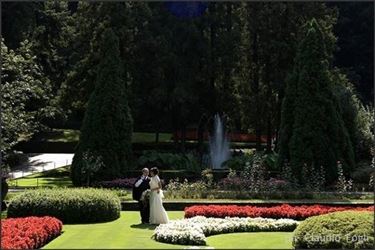
The azalea plant is a difficult-to-adapt plant. In Italy it is now a characteristic plant, above all, of classical gardens and pre-alpine lakes. Many consider azalea to be a delicate plant. The main enemies are aphids and scale insects, to prevent them from drying out, it is advisable to treat the plant also in a preventive way. The beauty of the azalea plant lies in its flower. Depending on the species, the flowers can have different colors. The «florists’ azaleas» are grown in pots and made to flower in greenhouses, so as to have well-flowered plants in stages from Christmas to Easter. Transferred to pot outdoors from May to September, they will bloom again indoors, after having renewed the soil. The «Japanese azaleas» are plants that are grown in the open ground in areas with a winter climate, even stiff, they bloom from April to June. The flowers vary from lilac to pink to bright red. The «rustic azaleas» instead bloom in spring with yellow, pink, dark red, rust, orange, salmon flowers.


